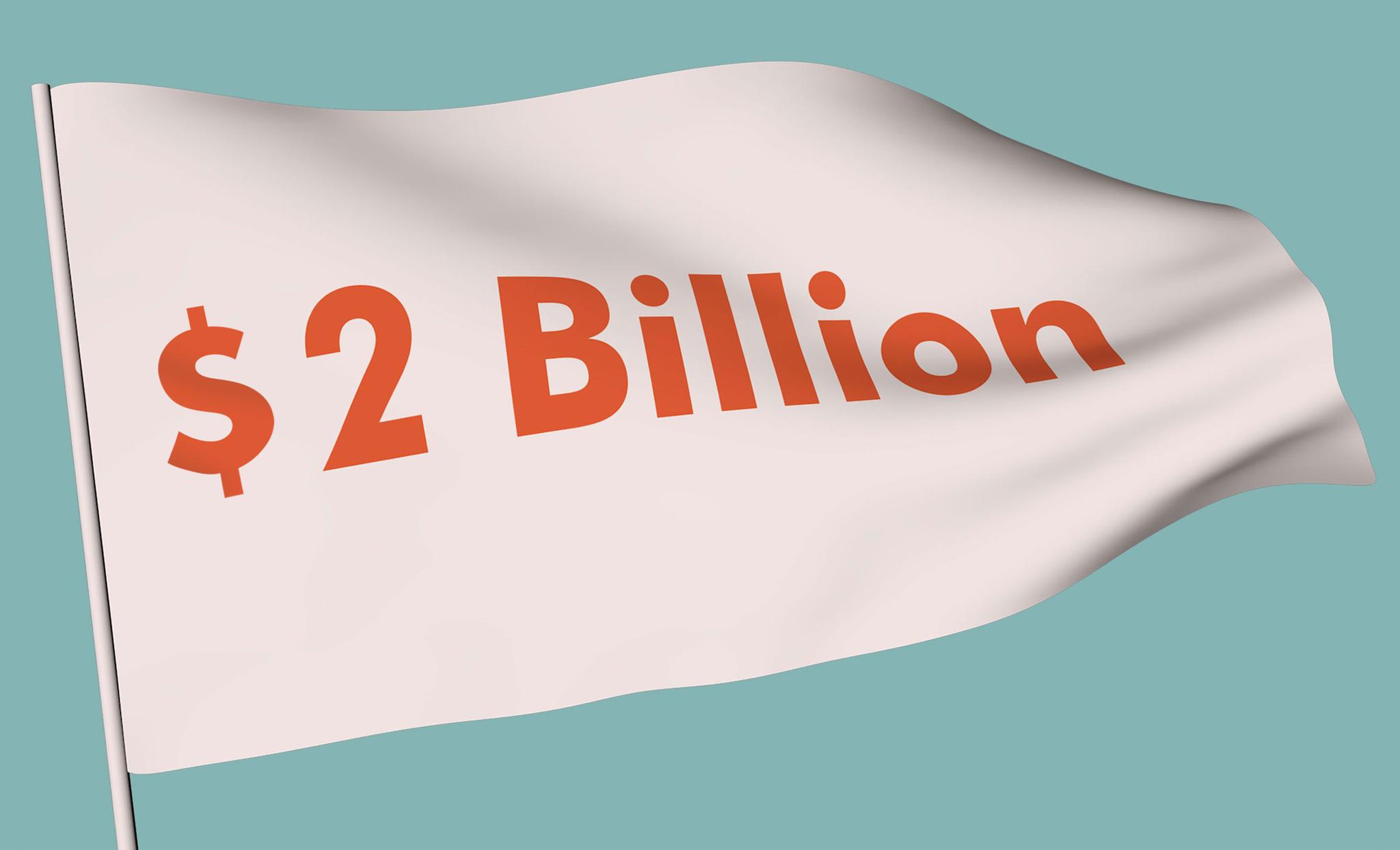
News
The Best Path to Financial Literacy? Build Products People Actually Understand
It’s Financial Literacy Month, which means banks and other institutions will trot out apps and courses to help people learn more about how to manage their money. But they won’t address the real problem: their own needless complex and opaque products.
Wealthsimple makes powerful financial tools to help you grow and manage your money. Learn more
This article was originally published in the Toronto Star on November 2, 2020 and has been republished in Wealthsimple Magazine with permission.
November is Financial Literacy Month in Canada. That means it’s time for us in the financial industry to roll out calculator that help kids learn how to save, primers on the concept of compound interest, and money management courses for high schoolers.
The programs will be mostly well-intentioned and will cover important topics for all Canadians to learn about. But there’s a reason for financial illiteracy that most financial services companies ignore: the way they build and market their products.
Making simpler, more intuitive, less purposely complex financial tools — insurance, credit cards, mortgages, etc. — is the single biggest way we can make the financial world easier to understand, and empower people to make the best decisions for themselves. It’s our obligation as an industry to do that.

Sign up for our weekly non-boring newsletter about money, markets, and more.
By providing your email, you are consenting to receive communications from Wealthsimple Media Inc. Visit our Privacy Policy for more info, or contact us at privacy@wealthsimple.com or 80 Spadina Ave., Toronto, ON.
Anyone who’s attempted to read the “fine print” knows that financial services and products are really difficult to understand — it’s often so jargon-filled and opaque that it seems like a foreign language.
Many people don’t realize that this complexity is by design. The inscrutability of contracts and statements is a feature of the industry, not a bug. For instance, the business models of many financial institutions revolve around fees their clients may not know they are paying. These companies don’t necessarily want you to be able to read, say, your investment account statement and see clearly and easily all the fees you’re being charged. They trade on an asymmetry of information: so long as you don’t understand a product, and they do, they have the upper hand. Actual financial literacy is a real threat to their business model.
That purposeful confusion isn’t harmless; it has detrimental effects on people’s lives. It means you might be paying fees you don’t know you’re paying.
It makes things difficult to understand so you feel you have no choice but to defer to the well-paid professionals. Or — worst of all — it can deter you from managing your money at all.
Take the TFSA. As of 2017, 65 per cent of people with TFSAs exclusively held cash in them not investments — completely negating the benefit of the account, which was designed for long-term investments to grow tax-free. That’s because banks market them as savings accounts, promoting the interest rates you can earn on “deposits.” Meanwhile, these institutions run financial literacy programs to teach us how to manage our TFSA. Wouldn’t it be better if their product just helped us do the right thing?
It’s ironic that the companies that often participate in Financial Literacy Month are the very companies that are responsible for our lack of financial literacy.It’s great that a major credit card company is making a free app for kids to learn about money basics. But when their business model is charging exorbitant interest fees (explained in reams of fine print), landing many people in a vortex of debt that is impossible to climb out of — it’s hard not to imagine more impactful ways consumers’ financial lives could benefit.
It’s time to shift the onus of personal financial education off of the individual and onto the system. Our job as the shepherds of our clients’ financial futures isn’t merely to help Canadians understand the foreign language of finance — it’s to make our services simpler and better. If we really want clients to have better financial outcomes, all we need to do is make sure our products are simple, low cost and easy to use.
I founded Wealthsimple six years ago. Our mission is to build the world’s most human financial company. But this shouldn’t be the exception — it should be the norm for people and companies that provide financial services.
As consumers, we must demand products and services that we can actually understand. And as leaders of financial institutions in this country, it’s our responsibility to deliver.
This Financial Literacy Month, let’s forget about short-lived campaigns and instead focus on the kinds of long-term change that will make meaningful differences in the financial lives of Canadians.
Mike Katchen is the co-founder and CEO of Wealthsimple.










